In the simplest terms, photography is a method of duplicating reality. While you cannot change reality, you can present it in the best way possible. Though you are duplicating reality, you can present your subjects in a way that tells a story — you can make the everyday seem ordinary or fantastic, by using simple photographic techniques.
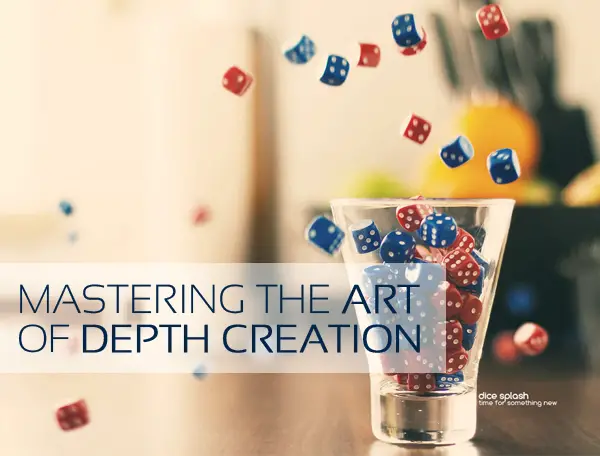
No matter what your subject is, taking classic photos involves managing several attributes simultaneously. When light, composition, framing and timing all come together just right, the results can be spectacular. You can control some of these attributes; others, you must simply respond to correctly. Great photographers have mastered the art of combining all of these attributes in an artistic, beautiful way.
In photography, some objects are closer to you than others; we refer to this difference in distance as depth. By using different photographic techniques, you can minimize or maximize the effect that depth has on your photographs. Try using these six techniques to add a greater sense of depth to your pictures.
Linear Perspective
Parallel lines converge as they get farther away. The brain is accustomed to using this to judge distances. Try looking down a long, straight road, and you will notice this effect. If you can see far enough, you will notice that the sides of the road seem to come together and disappear; the place where this happens is known as the vanishing point.
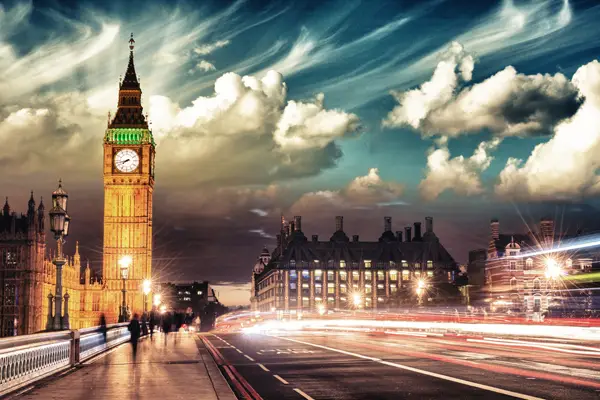
When you are taking pictures, try varying your angle and focal length to add different effects. Try taking a picture while standing, and then take the same picture while squatting or lying down. You will notice that when you are closer to the ground, the low angle tends to exaggerate perspective.
Diminishing Perspective
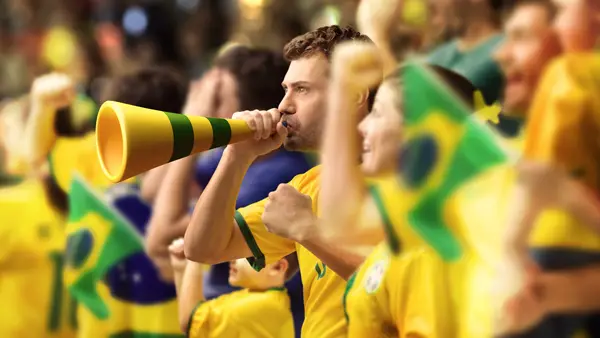
Even a small child can understand that objects appear smaller when they are farther away. When you can, use similar objects repeated at different distances to add an increased sense of depth. When objects such as fence posts, columns or stairs appear at regular intervals, they form a pattern, and the effect of diminishing perspective can be dramatic. Using this technique is also known as layering.
Atmosphere
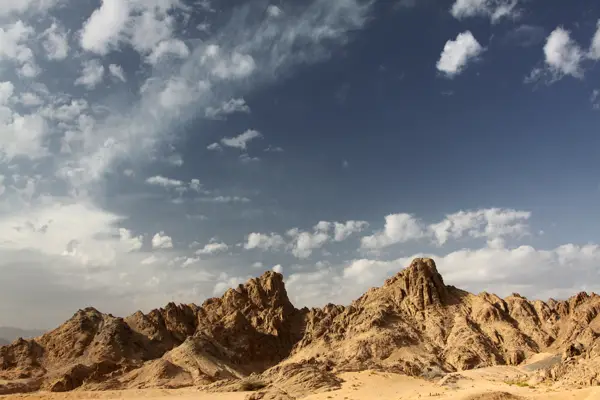
In the right conditions, the atmosphere itself can help you achieve a sense of depth. Haze, smoke, steam and fog all obscure objects more as they get farther away. Some of the greatest landscape photographs in history have used this technique to great effect. The early morning is a great time to take pictures using the atmosphere. Ansel Adams was one of the great masters of this technique; look at some of his work to see some incredible inspiration.
Depth of Field
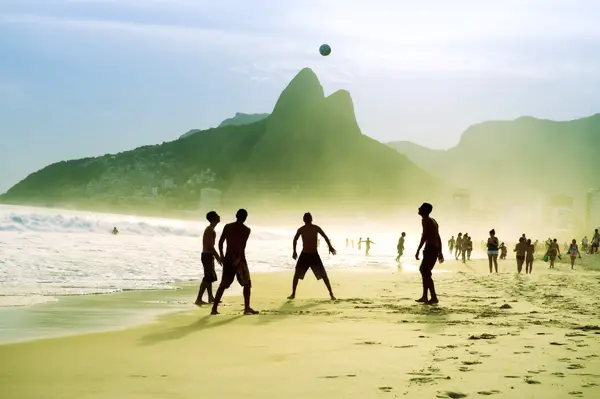
Objects closer to you tend to appear sharper than objects that are farther away. Squinting can make this effect more obvious when you are looking at objects, and changing the amount of light entering your camera can add this effect to your pictures. Do this by adjusting your camera’s aperture value or f-stop number to make this effect more extreme. Use a smaller f-number, and just a small area of your image will be in sharp focus. Use a large f-number, and you may be able to have your entire image in sharp focus. Shooting through glass magnifies the effect; by taking pictures with objects on either or both sides of a window or glass door, you can get some interesting effects.
Composite Framing
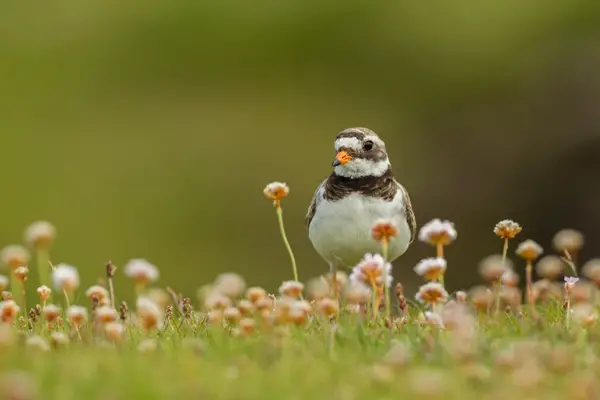
Composite framing is the idea of using objects to frame other objects. You can do this with objects that are in the foreground or background. Try taking pictures of people, buildings or mountains through doorways or arches. By varying your depth of field, you can keep the foreground, the background or both in sharp focus. In the outdoor environment, tree branches can be particularly effective at framing other objects. For an interesting twist on this effect, try framing something in the foreground with something in the background, such as buildings or hills. This can be useful in a city situation, where you can combine composite framing with linear or diminishing perspective.
Familiar Objects
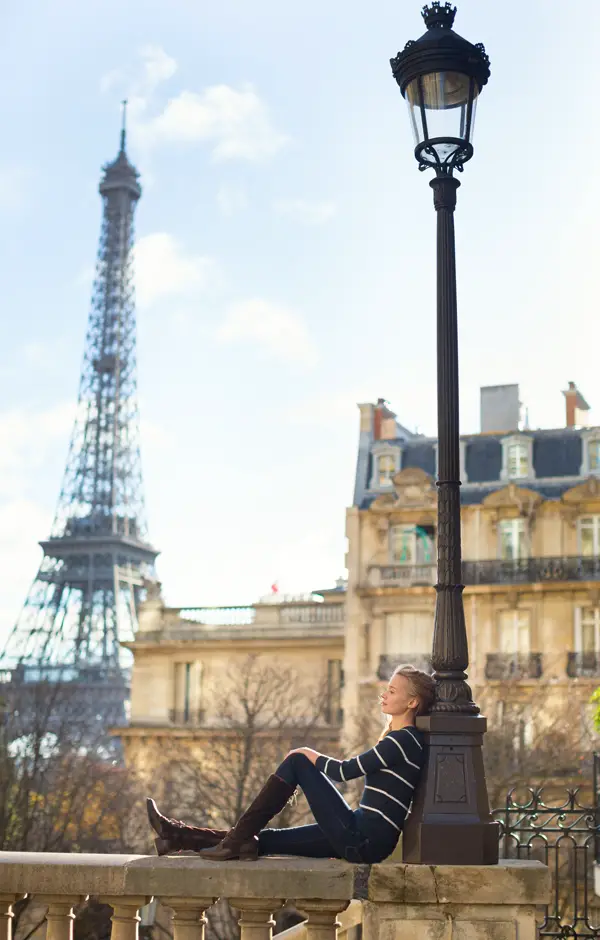
The human brain knows the size of familiar objects, like people, trees and animals. You can include these objects in your photographs to give the viewer a rough idea of the distance to other unfamiliar objects. Try taking a picture of a person with a tall object such as a tree, a building or a lighthouse in the background. With some attention to framing, you can make the person and the object appear to be the same height.
Another way to highlight this effect is to take a picture that makes it look like a person is holding a faraway object in his or her hand. This can give your pictures a whimsical, fantastical look.
Depth Creation = Better-looking Photos
Great photographers throughout history have used these tools to take striking photographs. It has never been easier to learn to take great photographs — with modern digital photography you can take as many pictures as you want to practice and master these techniques; you can simply delete pictures that do not work out. Unlike the great photographers of the past, you can have instant feedback.
The combination of photography tools, such as digital cameras and smartphones, with easy-to-use software has revolutionized the art of photography. Once you have taken your photographs, it is easier than ever to share them with your family and friends. Use social media platforms like Facebook and Twitter to demonstrate your increasing prowess. Once you have a collection of great photographs together, you can easily put them together in a professional photo book that will look great on your coffee table or your desk.
Truly great photographers are rare. By practicing with these and other techniques, almost anyone has the capacity to become one. Whether you want to remain a hobbyist photographer or want to make professional photography your career, experimenting with these techniques can make your pictures look better. Mastering the art of depth creation is not difficult, but it takes a lot of practice. Get out there today and start practicing. Who knows what kind of pictures you might be taking tomorrow?
Author’s Bio: Molly Stillman is a writer for Artsy Couture. She is a marketing executive, blogger, mama, and wife. She also is extremely passionate about lifestyle and portrait photography and loves encouraging others in the pursuits of their goals and dreams.









0 comments